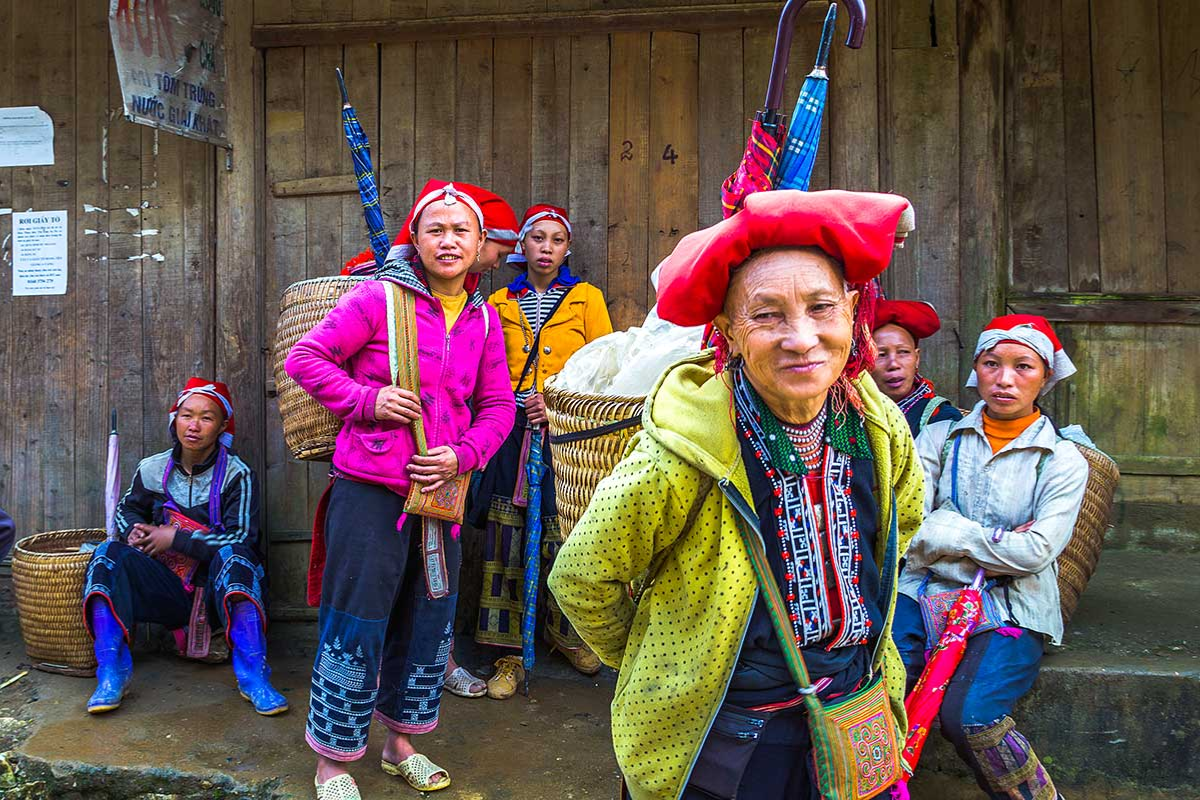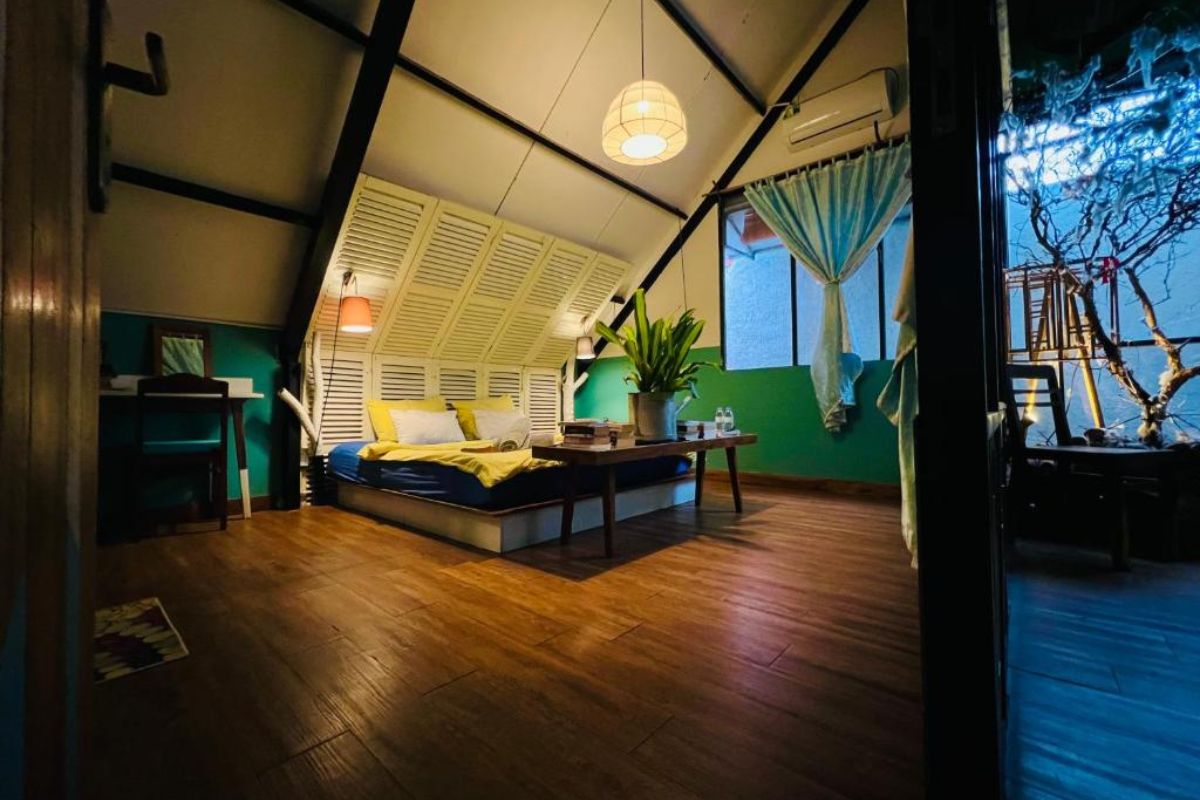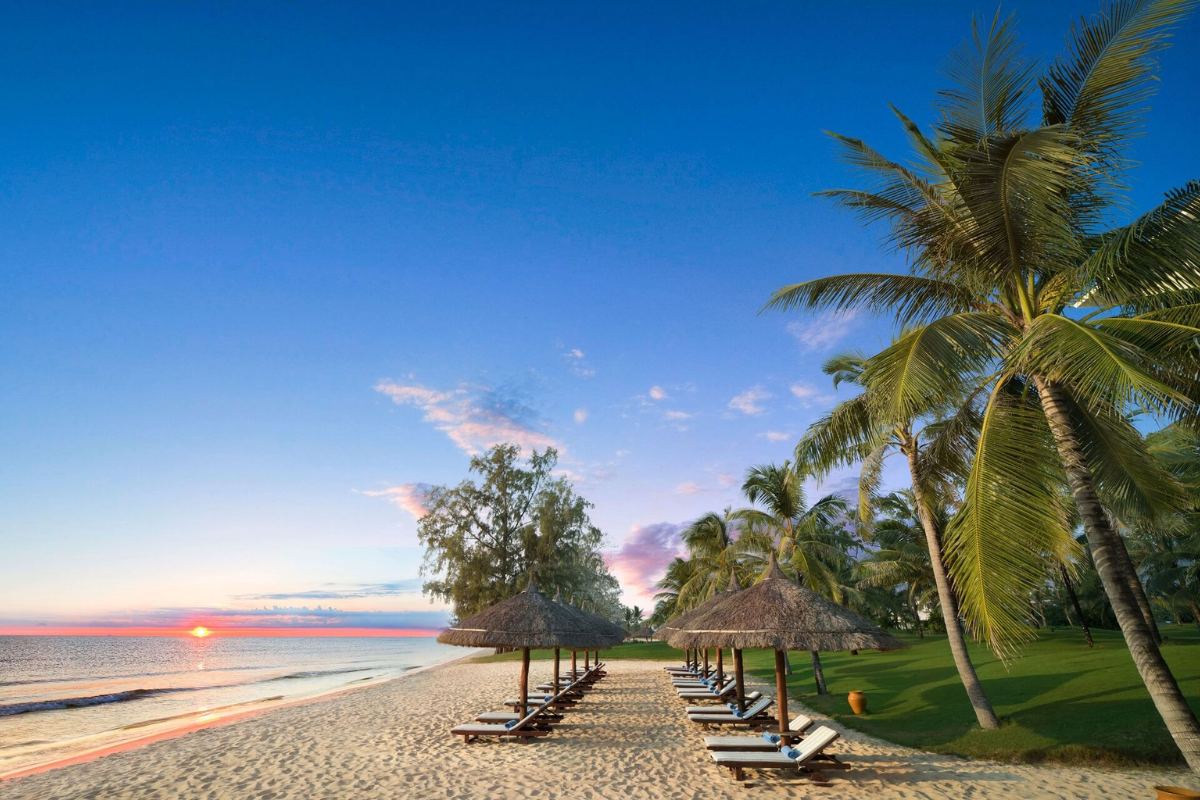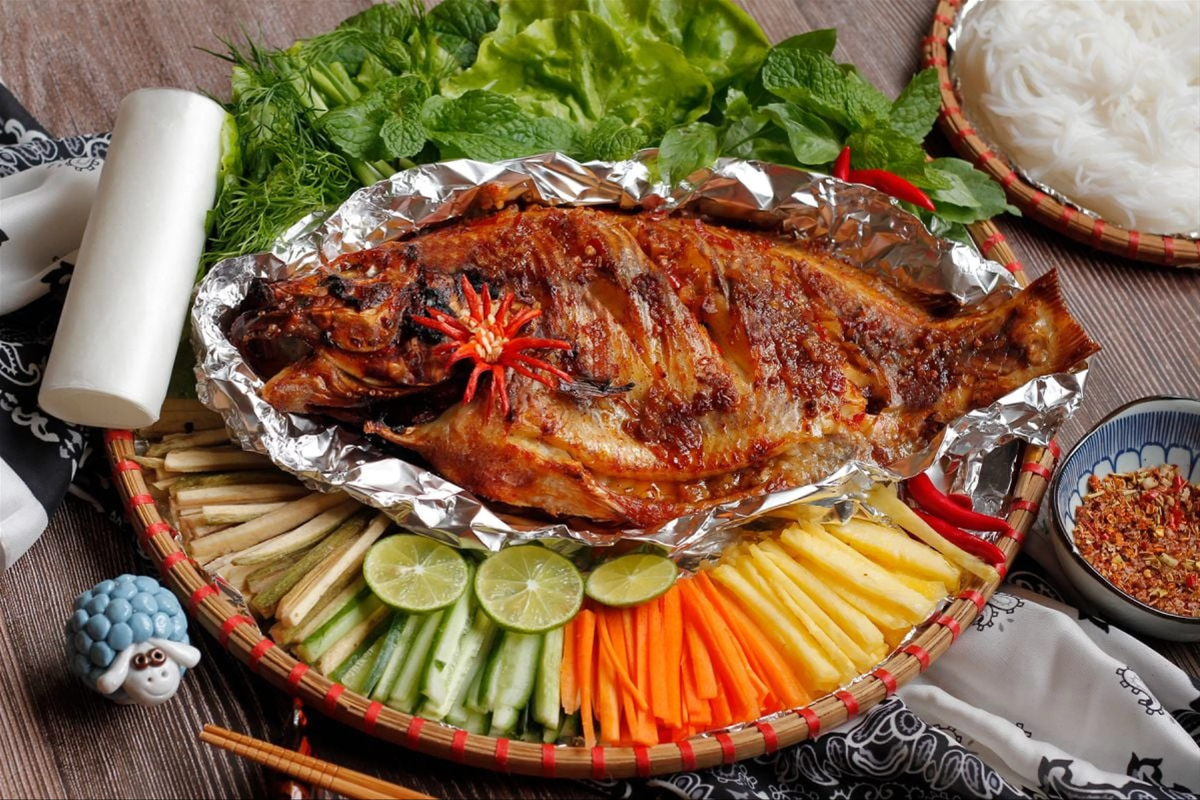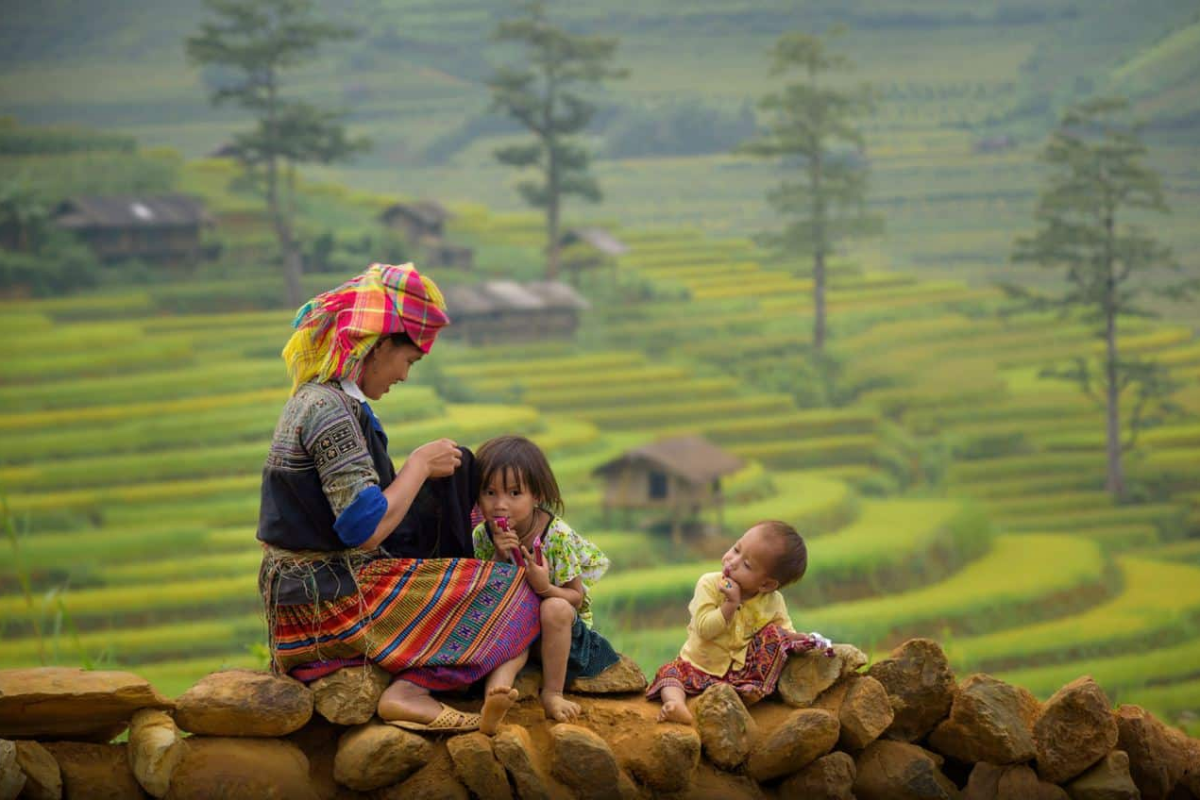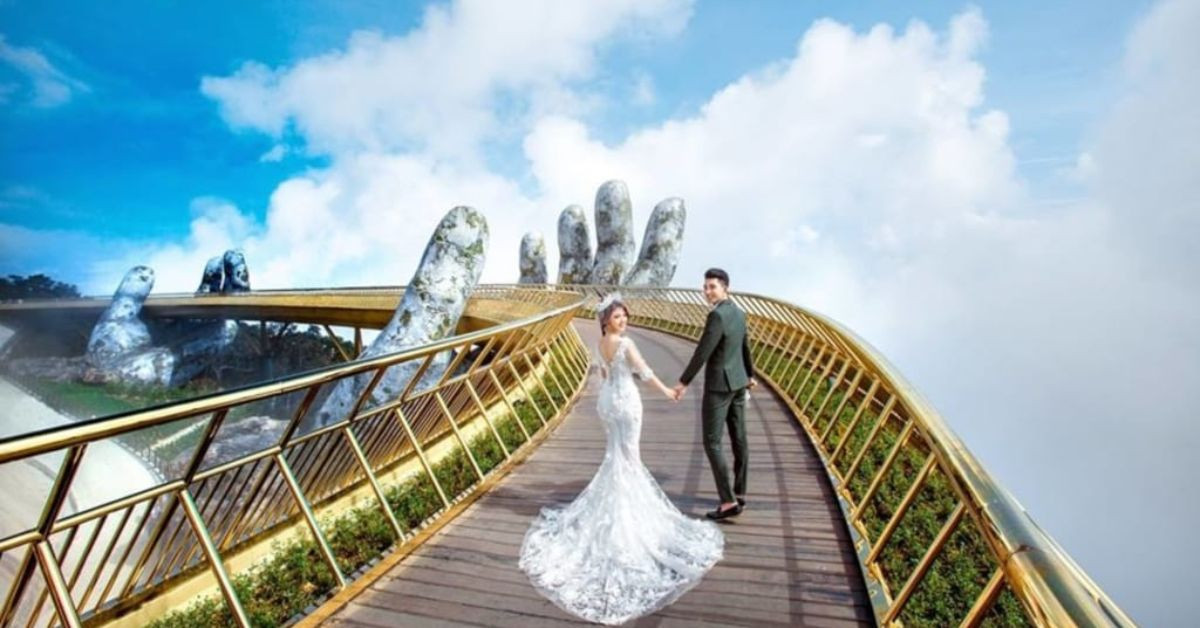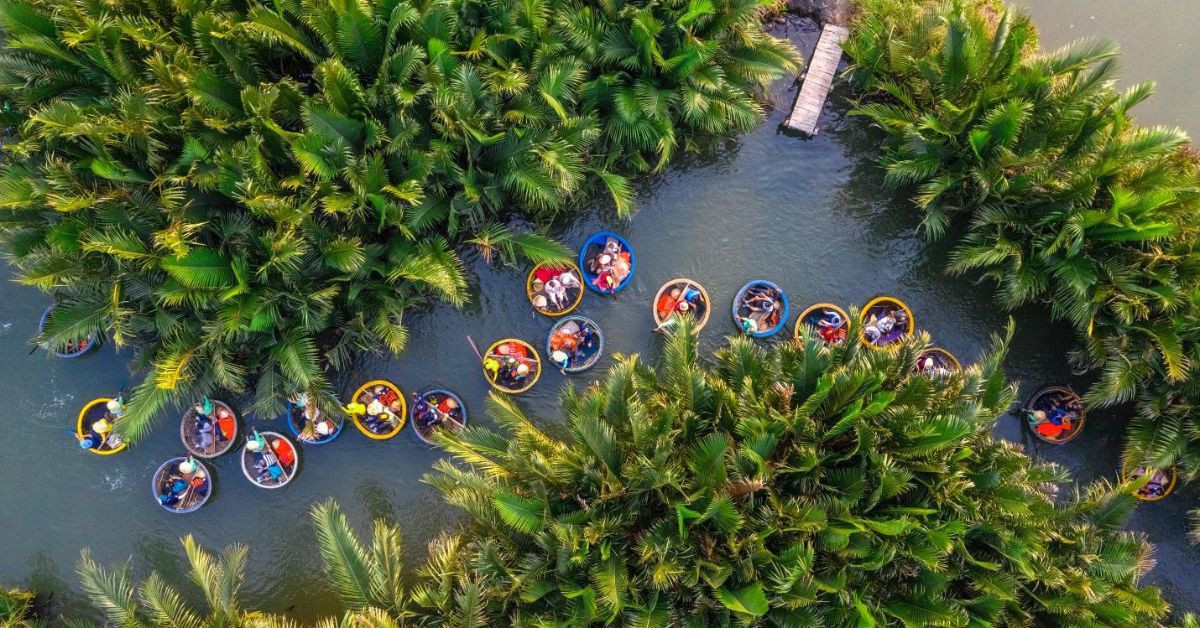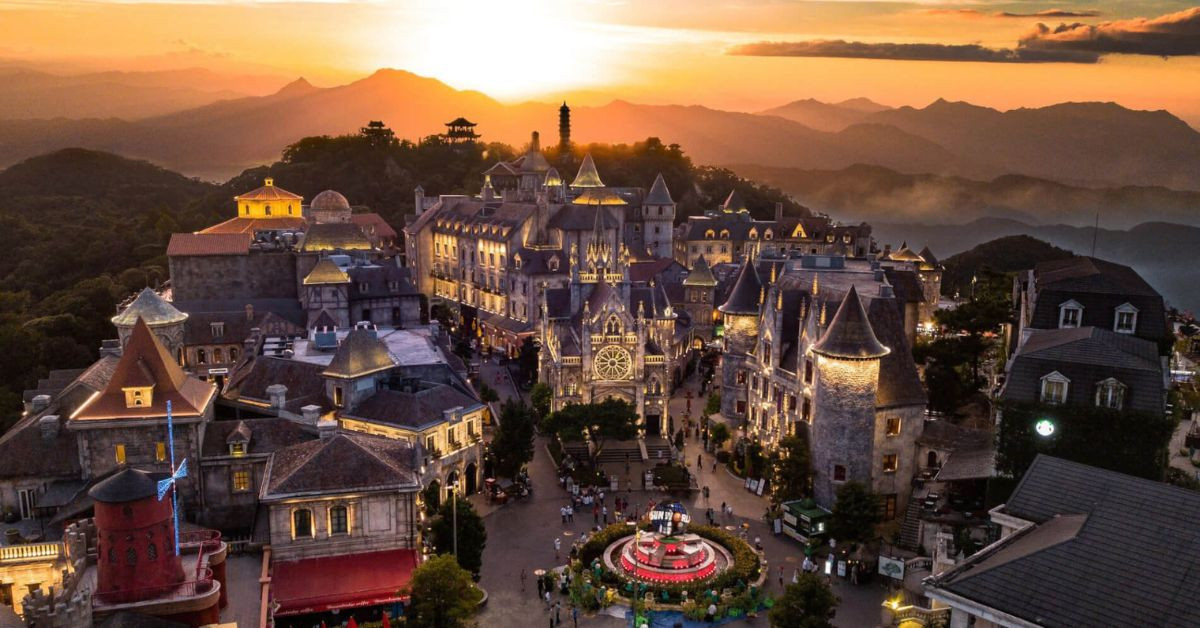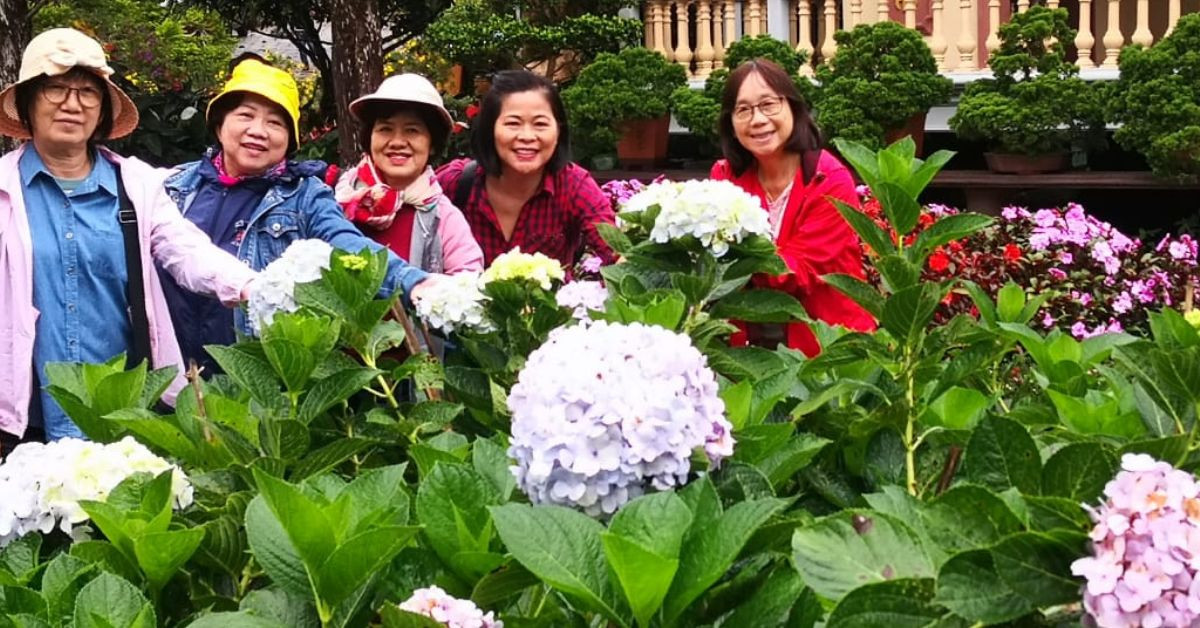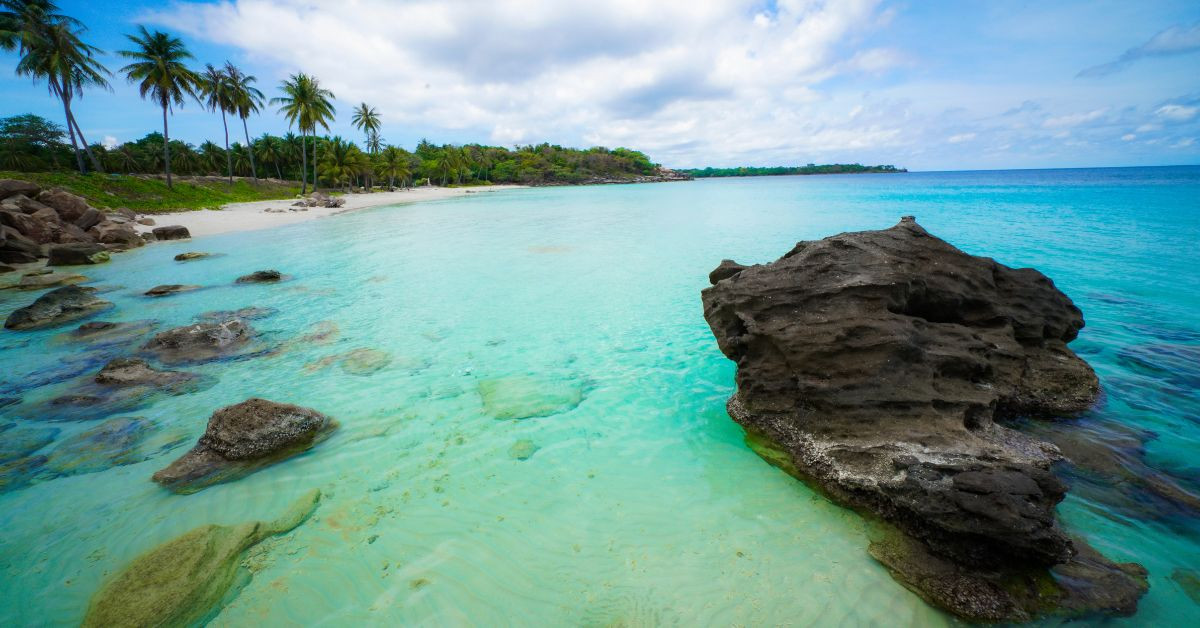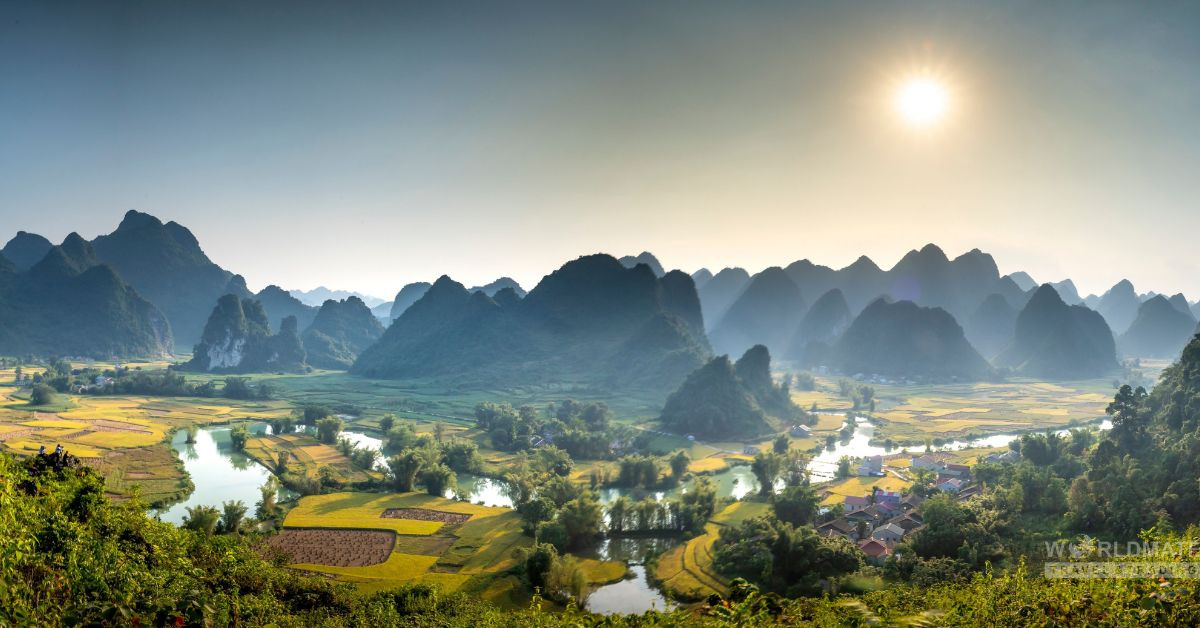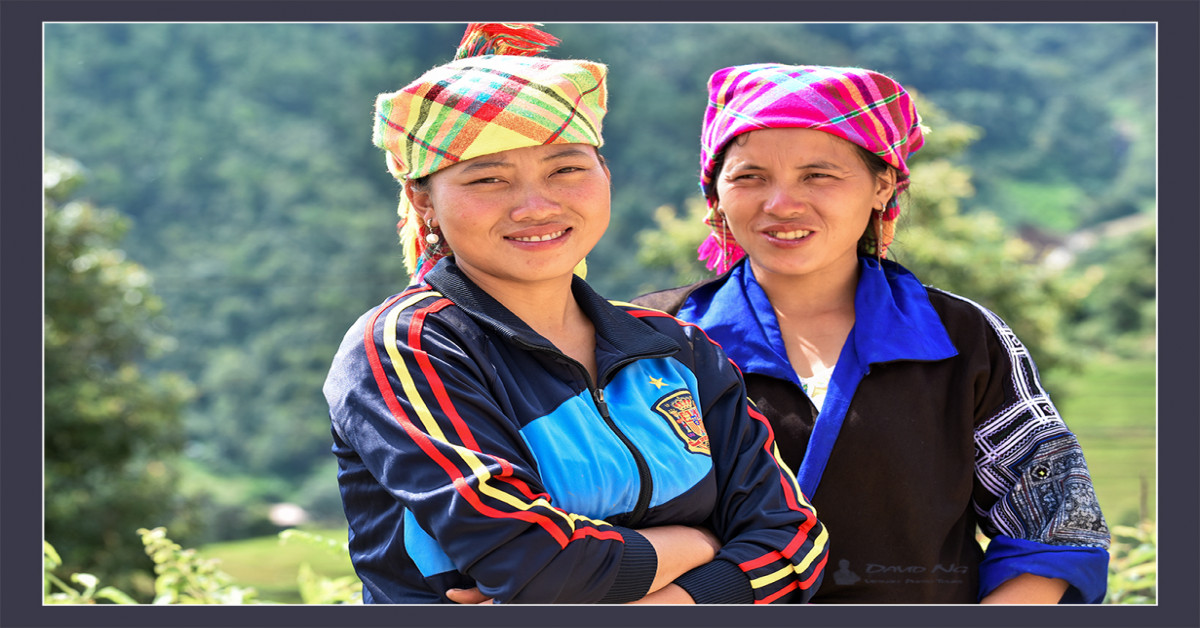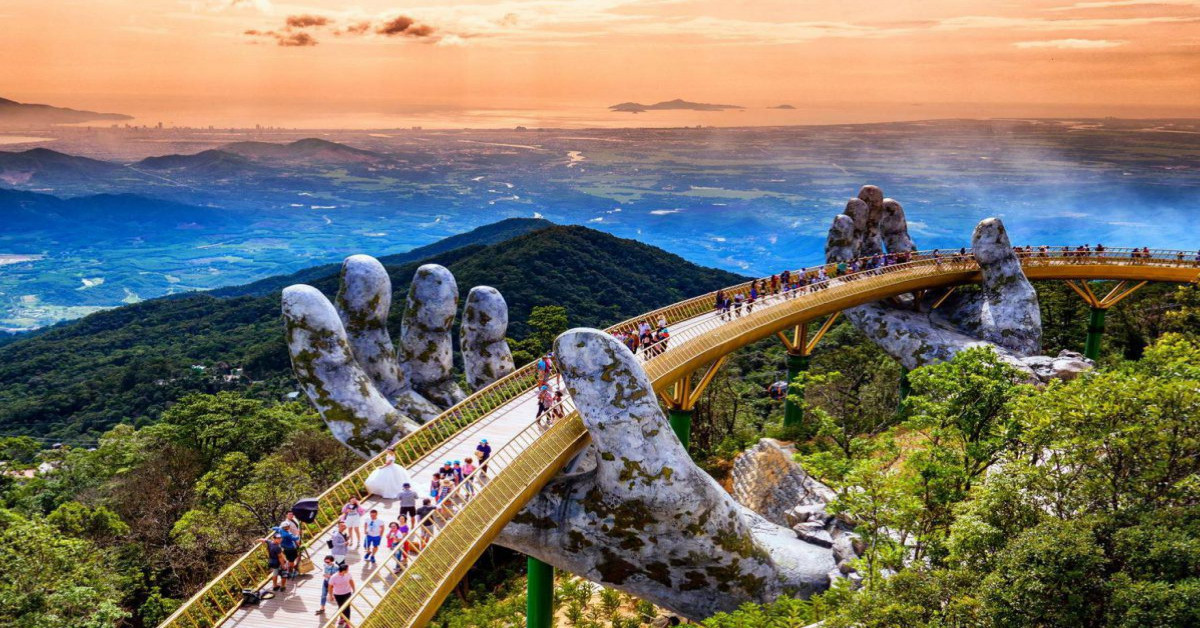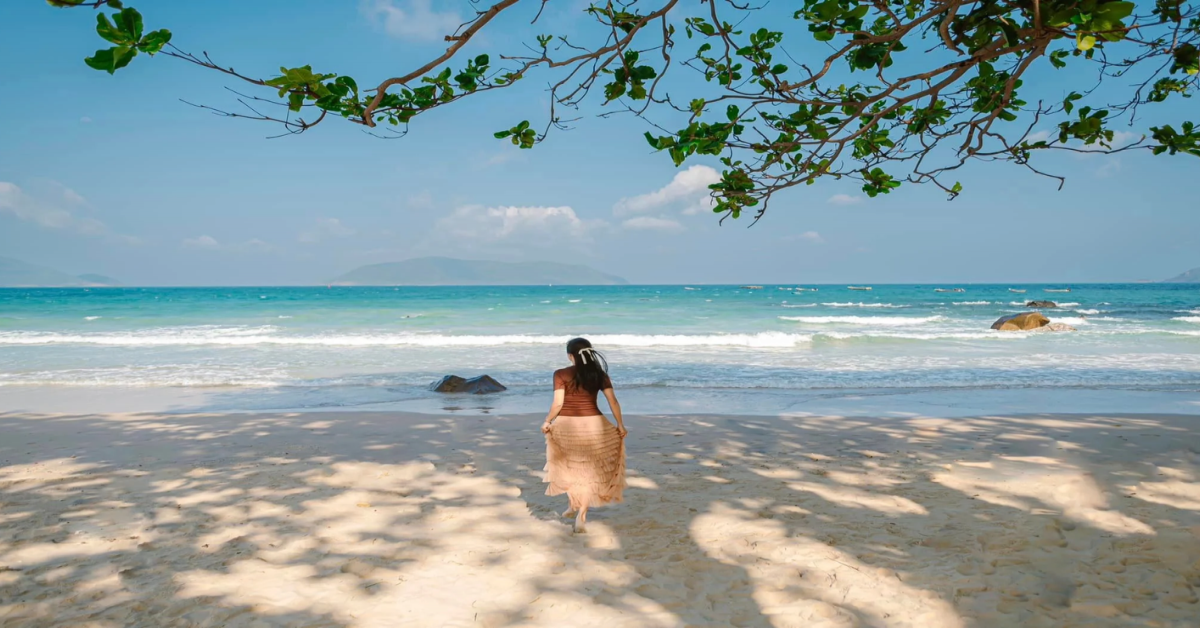March Weather in Hue: Climate Insights & Activities
Much like other provinces located in Central Vietnam, Hue experiences a tropical climate characterized by warmth and humidity. March marks the onset of the dry season, which typically spans from March through August. Although the intense summer heat has yet to arrive, and rainfall is relatively low, this period is considered ideal for exploring the city.
General Overview of Hue's Weather in March
March brings along pleasant and moderate weather, creating an inviting atmosphere for travelers. The temperatures in Hue during this month typically hover between 22°C and 28°C. With an average humidity level of approximately 81.5%, the weather remains enjoyable for sightseeing and walking tours around the former imperial capital.

Known as the rainiest city in Vietnam, Hue usually receives more precipitation than other parts of the country. Despite March being the beginning of the dry season, rainfall remains noticeable—averaging 54.4mm over roughly 12 days. However, this does not significantly disrupt daily activities. In fact, the rain adds a unique charm to the city, lending it a serene and contemplative atmosphere that enhances the traveler’s experience.
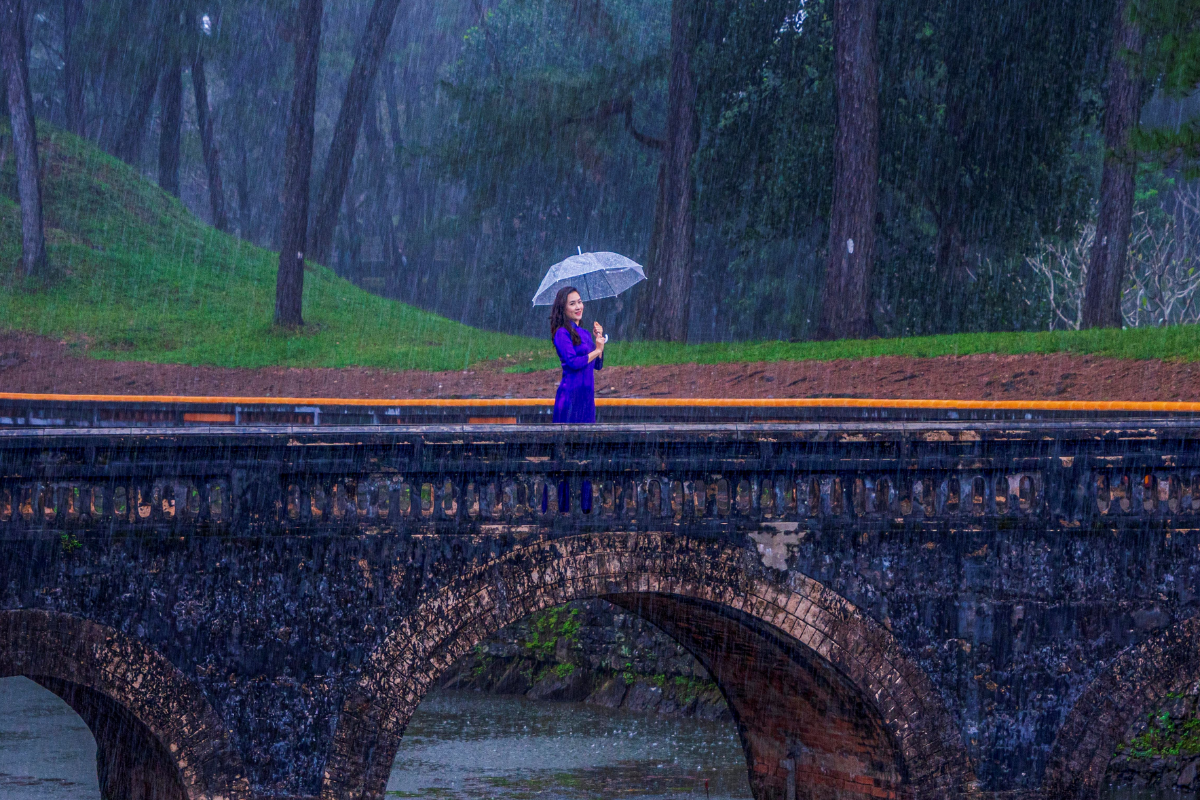
With around 180 hours of sunshine throughout the month, Hue becomes increasingly lively with tourists. The comfortable temperatures and the mixture of sunshine and light rain make this an excellent time to visit.
Advantages and Disadvantages of Visiting Hue in March
Advantages:
Choosing March for your trip to Hue allows you to enjoy the city’s scenic beauty without being hindered by heavy downpours or extreme heat. The consistent sub-30°C temperature range ensures a pleasant travel experience. Whether you enjoy sightseeing or simply strolling, March provides favorable weather for all types of travelers.
Disadvantages:
Because of the ideal weather, March is one of the most popular times to visit Hue, attracting a high volume of tourists. This increase in visitors often results in quickly booked accommodations and more expensive services. Therefore, it's wise to secure your lodging and transportation at least two weeks before your trip.
What to Do in Hue During March
Thanks to the comfortable climate, March is a great month to explore Hue’s cultural and historical sites. Wander through the Imperial City, visit age-old temples, or tour the ornate tombs of the Nguyen Dynasty to get a deeper understanding of Vietnam’s imperial past and its architectural legacy.
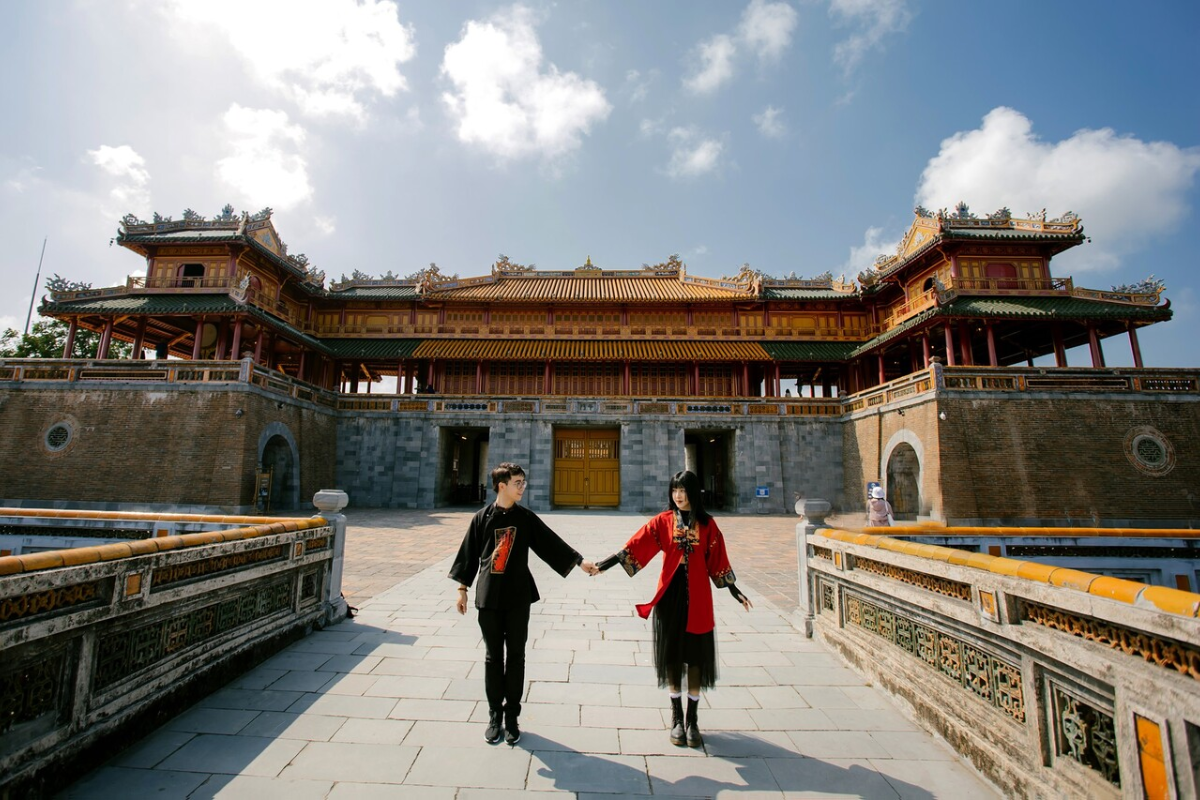
Beyond historical landmarks, Hue also offers natural wonders like beaches, mountains, and waterfalls, particularly within Bach Ma National Park. These sites provide excellent opportunities for outdoor activities such as hiking, swimming, cycling, and camping.
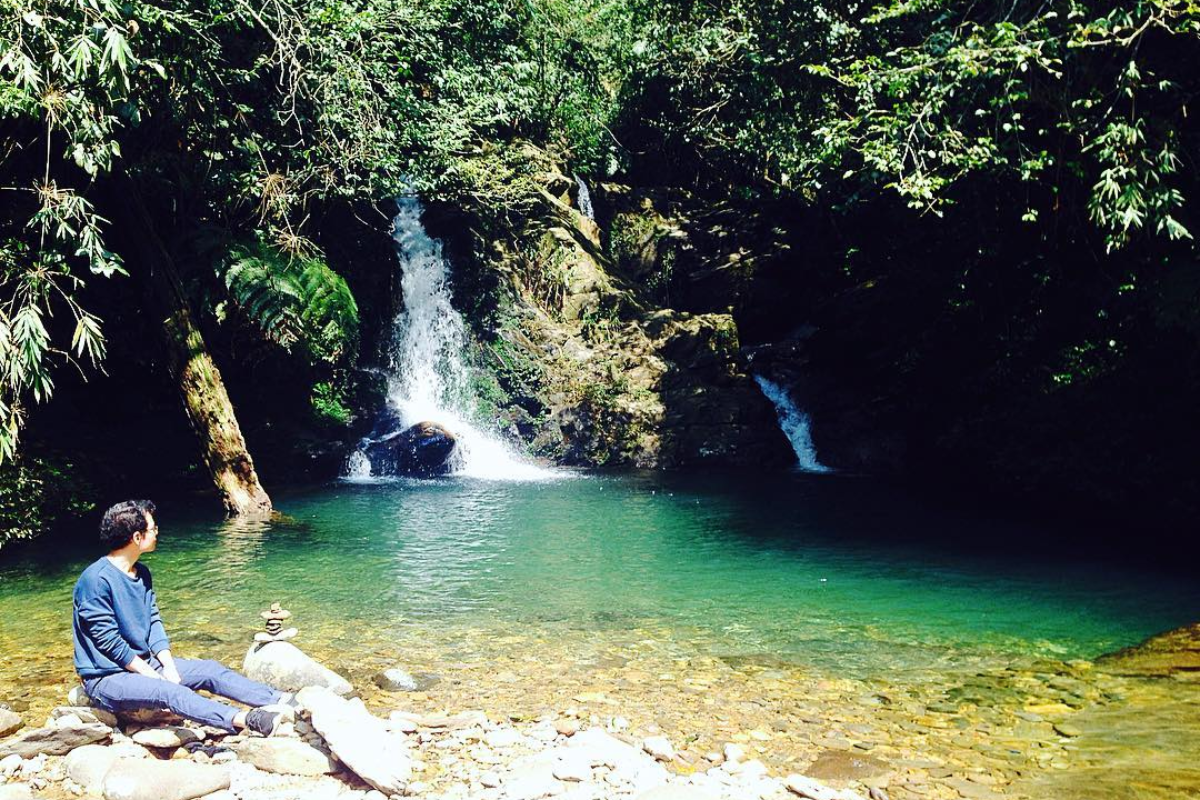
Though Tet (Vietnamese Lunar New Year) usually occurs earlier in the year, by March, Hue is already gearing up for its renowned Hue Festival, typically celebrated in April. Visitors in March may witness the early preparations, adding an extra cultural dimension to the visit, with glimpses of traditional music, ceremonial rehearsals, and bustling local markets.
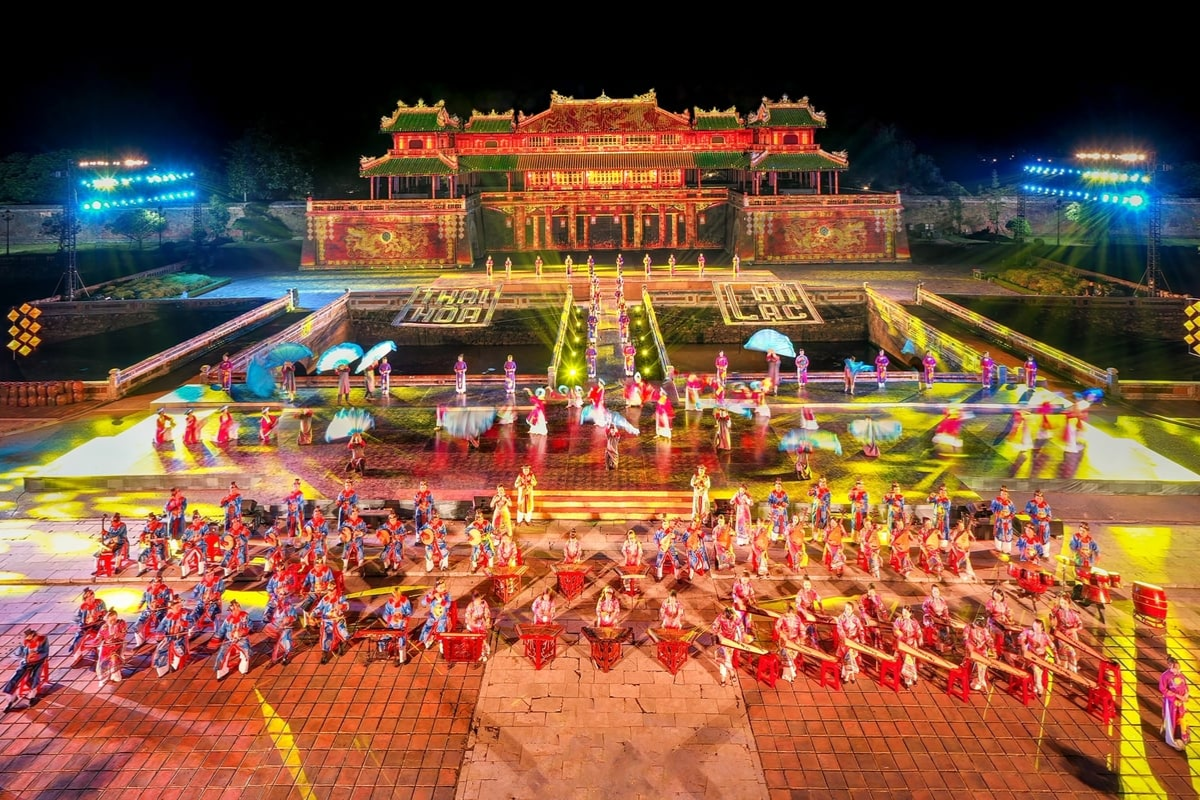
Helpful Tips for Traveling to Hue in March
- Pack your clothing wisely. While March may bring occasional light rain and cool evenings—making a waterproof jacket handy—daytime can be quite warm, so don’t forget breathable clothes like shorts, t-shirts, or skirts.
- As the weather can still be humid, staying hydrated is important. Bring a refillable water bottle, wear sunscreen, and use a hat to avoid sun exposure.
- Girls may want to pack their most photogenic outfits—Hue in March offers picturesque backdrops ideal for stunning travel photos.
- Don’t forget essential travel items such as your passport, travel insurance, and personal documents.
- If you’re visiting Hue during this busy season, consider booking through a trusted travel agency. Tour packages often offer better value and help you save time.
Hue stands out as one of Vietnam’s most culturally rich destinations. Alongside Hanoi, it offers valuable insight into the nation's heritage and traditions. If you’re planning a trip to Vietnam, be sure to include Hue in your itinerary. It promises an unforgettable journey into the heart of Vietnamese culture.
Immerse yourself in the timeless charm of Hue with our thoughtfully designed tours that bring you closer to its imperial heritage, tranquil landscapes, and rich cultural traditions. Check out our popular tour packages:
Why Choose World Mate Travel for Your Hue Experience?
- Carefully selected accommodations near historical and cultural landmarks
- Tailored Hue tours featuring the Imperial City, royal tombs, and local cuisine
- 24/7 customer support to guide you every step of the way
Book your Hue exploration today and journey through Vietnam’s imperial past with unforgettable memories!
Contact Us:
Email: sales@worldmatetravel.com
WhatsApp: +84988660505
Hue Travel Weather by Months: Your Ultimate Guide to Climate and Activities
- January in Hue: Discover Weather Highlights and Essential Travel Tips
- February in Hue: Explore the Climate and Must-Do Activities for a Memorable Visit
- March in Hue: Climate Insights and Exciting Activities to Enjoy
- April in Hue: Weather Insights and Top Activities for Adventurers
- May in Hue: Climate Insights and Must-Do Activities for Every Traveler
- June in Hue: The Perfect Season for a Scenic River Cruise Experience
- July in Hue: Weather Insights and Top Travel Recommendations
- August in Hue: Weather Highlights and Top Activities for Visitors
- September in Hue: Weather Update and Exciting Activities Await
- October in Hue: What to Expect from Weather and Top Activities
- November in Hue: Climate Overview and Must-Explore Activities
- December in Hue: Embrace Tranquility and Rich Culture This Winter
